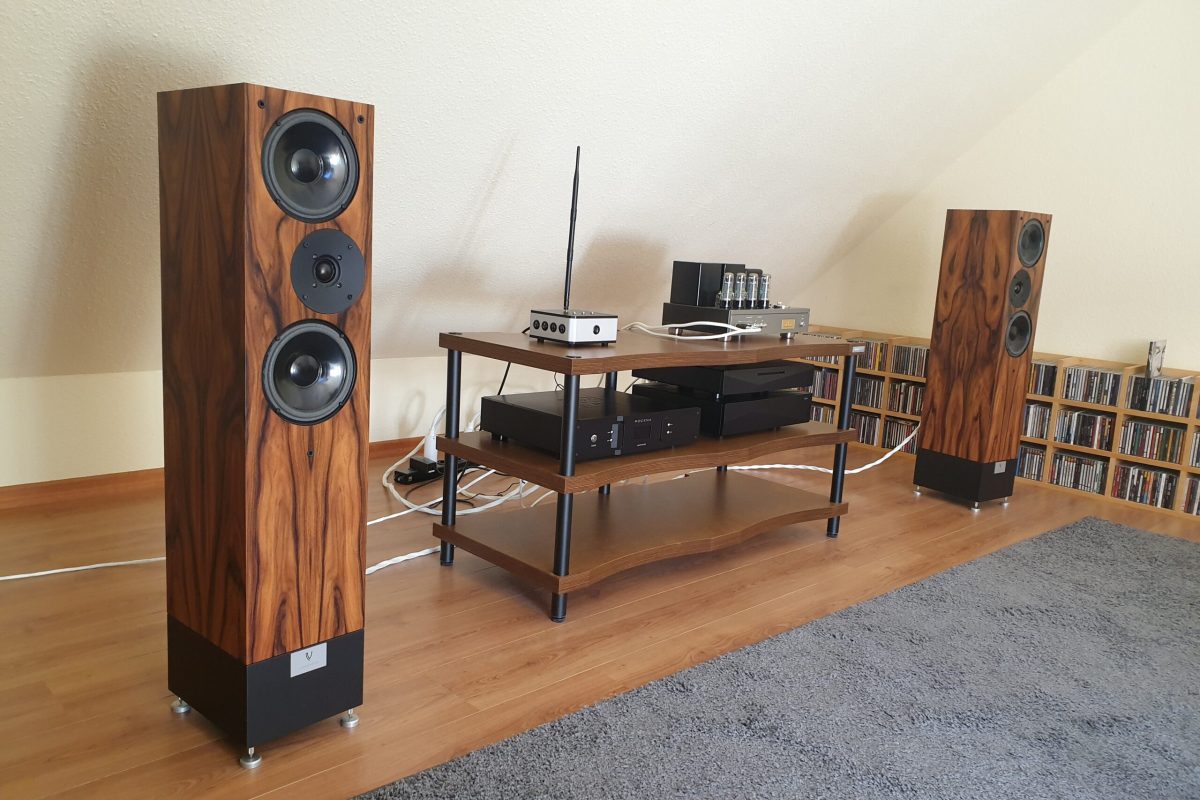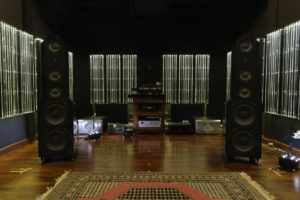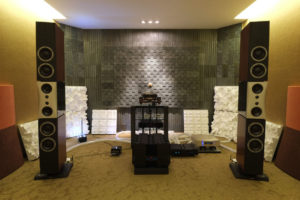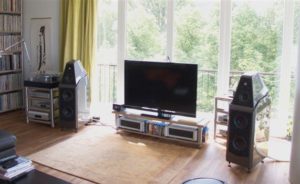Some time ago, the persuaders of Loftsound gave me a Schnerzinger Essential speaker cable. It took less than 5 minutes to decide. Yes, it hurts the wallet incredibly. But really only the wallet. It flatters the music soul every day. In the meantime, an Essential RCA cable was added.
Why am I writing these lines now? My enthusiasm for these Schnerzinger products knows hardly any bounds. Here, no resolution is bought over an annoying high frequency range. Everything is just right. Everything seems so incredibly natural. To test the cables, you only have to reconnect them once. There is no rewiring to hear any difference. It is simply striking. This is not about partials. It's not about a piece of the pie, it's the whole bakery. Yes, there's more to it. But only if EUR is perceived as three letters.
To be clear, with these cables you want to relive your entire music collection. On practically every album you discover something new.
At first, you only see the white cables and think, why this "color choice"? A short time later, you close your eyes and it doesn't matter at all. After switching off your own system, that changes again. Looks bad, but still does incredibly well.
Before switching to the Schnerzinger cables, I was actually quite satisfied. I just wasn't aware of what else was possible here. Again, a big thank you for opening my eyes to the Loftsounder. Have already met a few dealers in the course of my hi-fi life. I actually feel like I'm in good hands here. Does that sound too slimy? I really mean it though.
One final warning: Borrow the cables at your own risk. If you just want to listen, you should look at your bank account beforehand. After testing, there is no going back. Whoever is about to decide on an upgrade of the components should definitely think about the ugly white cables beforehand. If the chain is basically right, a new world opens up."
(Nico K.)







